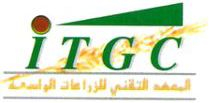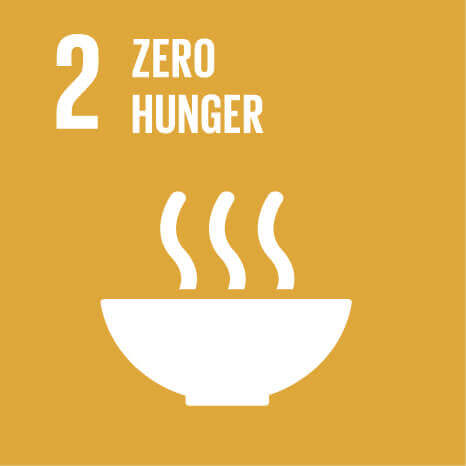Agriculture in North Africa is constrained by unfavourable climatic conditions characterized by a dominant Mediterranean environment with low and erratic rainfall, contributing to low and highly variable and unpredictable yields. Most soils are shallow, and nutrient and organic matter deficient, with a low water holding capacity, and are highly vulnerable to erosion. Poor soil and crop management, often associated with excessive tillage practices, has led to increasing erosion and soil degradation that is further aggravated by overgrazing.
North Africa is a net importer of staple food, importing 27% of cereal grain sold worldwide. Wheat and barley are the major cereal commodities in North Africa, grown in mono-cropping or non-diversified cropping systems, especially in the lower rainfall (< 350 mm) areas. Agricultural areas are characterized by land fragmentation and dominance (80%) of small sized (≤ 10-20 ha) farms. Agriculture production is primarily based on rainfed cereal-livestock farming systems where sheep and goats feed on cereal stubble for 3-4 months/year. Such practices have further aggravated soil deterioration.
Low farmer adoption of Conservation Agriculture technology in in Morocco and in Tunisia due to the high cost of currently available no-till (or ZT) seed drills.
















